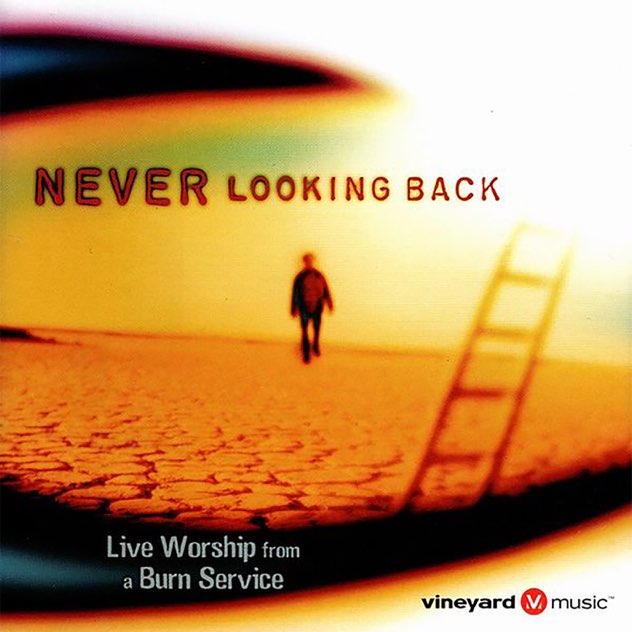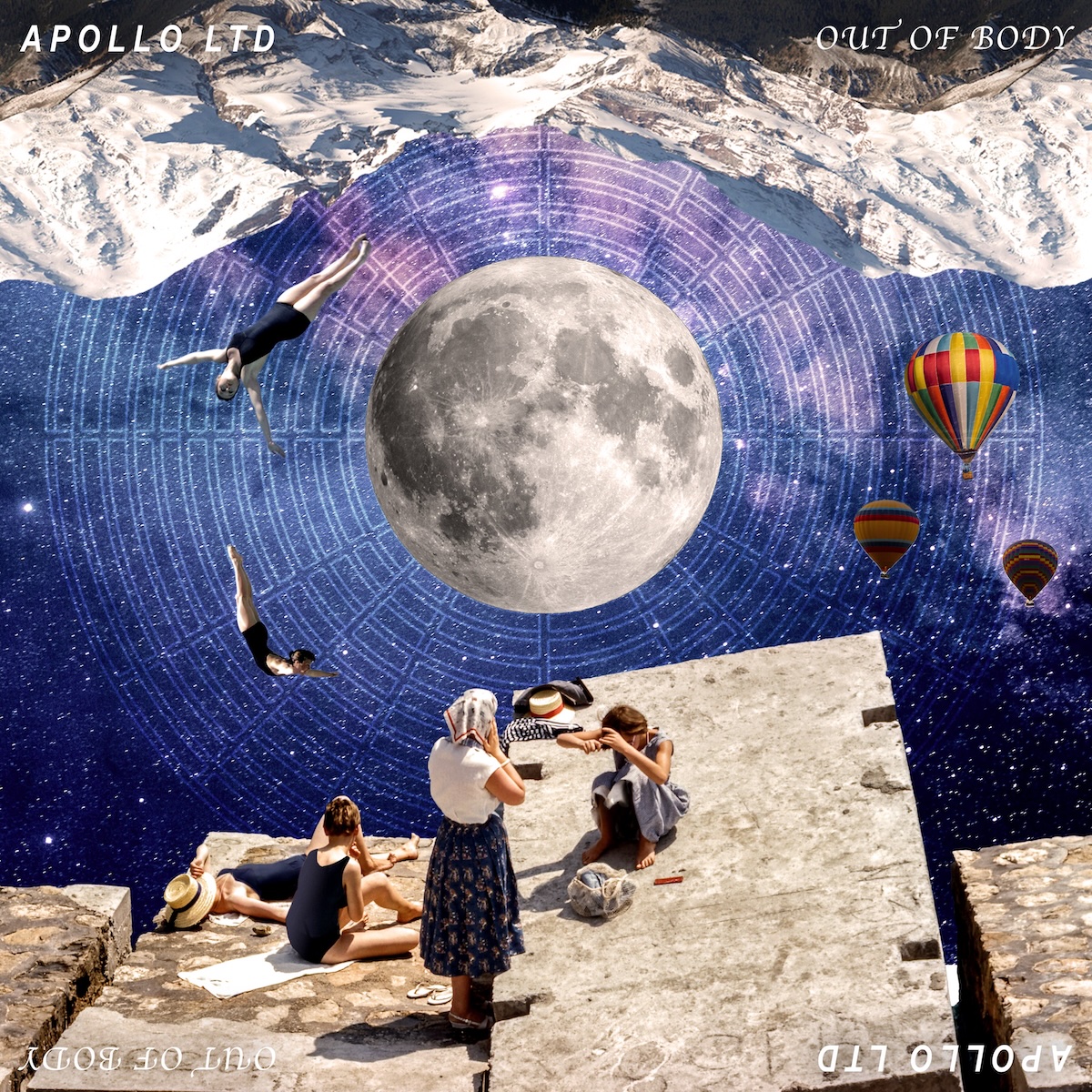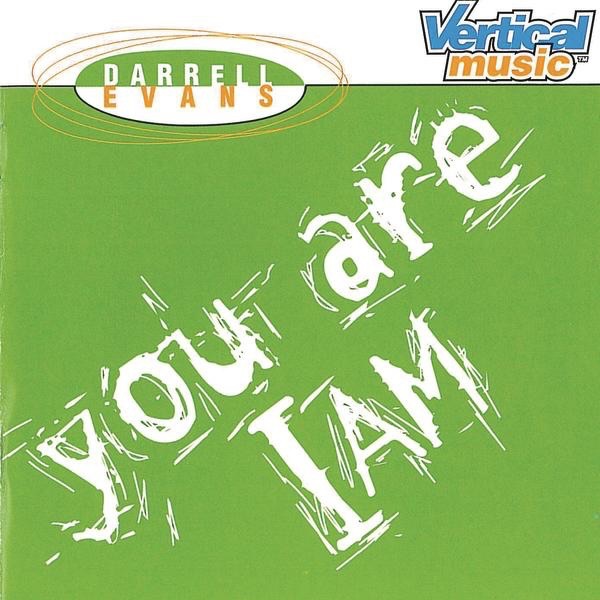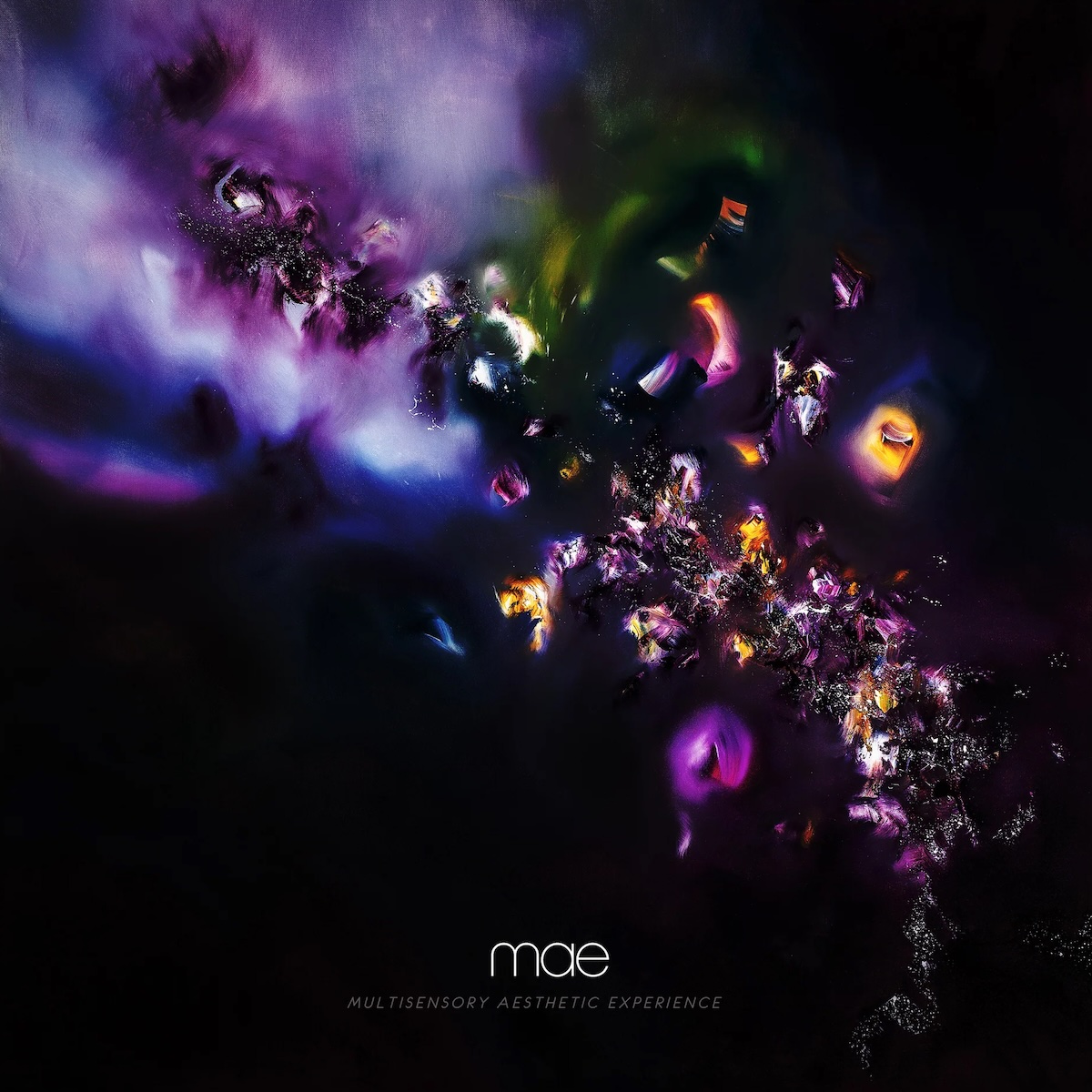Blog
Album Of The Day: Never Looking Back by The Burn Service

The Burn Service is Jessie Lane, Ryan Delmore, Darren Clarke and their band, who recorded this album live at a Vineyard Church in California. They mix some new songs they wrote with older Vineyard worship songs like "Holy Is The Lord" and even end the recording with '80s praise song "Hosanna". And they do their modern church worship music in a classic rock style, with electric guitars, great drums and bass, and vocals with a bit of a ragged edge to them. It's the imperfection of this recording that helps capture real, heartfelt emotion and love as the band and the congregation sing to God.
Release Year: 2001
Listen on Apple Music
Listen on Spotify
Album Of The Day: Flesh by Andrew Osenga

For the last 3 days, the Album of the Day has not been an album, but a shorter EP. Let's keep that going one more day. In the mid-2010s, Andrew Osenga, an artist who has worn many hats over the last 25+ years in the music industry, released four independent EPs, each a different style of music. Flesh is 6 tracks of electric guitar-driven rock written and performed by Andrew with some friends. The other EPs, Heart, Soul, and Bone are more pop, blues and instrumental, respectively. I like them all, but I was looking for some rock today and this EP keeps the energy high.
Release Year: 2015
Listen on Apple Music
Listen on Spotify
Album Of The Day: Every Christmas by Colony House

Released today, this is a new Christmas-themed EP from my favorite band for the last 10+ years, Colony House. Caleb, Will, Parke and Scotty bring back classic pop/rock sounds for this EP; it feels like they were going for a Beach Boys vibe. There's a few Christmas love songs and a few songs about being with family and friends for the Christmas season. This isn't the electric guitar-fueled music like some other Colony House tracks, but it's 3 solid new songs celebrating the Christmas holiday. I love it and I'm sure I'll play it throughout the next month plenty!
Release Year: 2024
Listen on Apple Music
Listen on Spotify
Album Of The Day: Have You Heard by Stu G

In the early-to-mid 1990s, delirious? was a part-time worship band called "The Cutting Edge Band". During that era, guitarist Stuart Garrard (aka Stu G) released his own EP of rock/worship songs titled Have You Heard. The 6-track EP was remastered for it's 20th anniversary and is presented with some remixes and a new live-in-studio recording of some of the original songs, to make it more of a full album. It's a fun look at independent Christian rock from the mid-90s as we near its 30th anniversary. I only started listening to this EP on the 20th anniversary re-release, but I love the songs. It's a snapshot of early solo work from my favorite bands and one of my favorite guitarists.
Release Year: 1995 / 2015
Listen on Apple Music
Listen on Spotify
Album Of The Day: Mood by Social Club Misfits

Social Club Misfits is a Miami-based hip-hop duo consisting of Fern and Marty Mar. These two guys do quality rap, mostly in English but sometimes in Spanish, and this is one of their many EPs. Like many rappers, they poke fun at other rappers and pop culture, establish their bonafides in the rap world, and occasionally get someone to sing with them too. It's a quick 5-song EP, but it's tons of fun and has some rapid-fire raps and solid beats. Enjoy!
Release Year: 2019
Listen on Apple Music
Listen on Spotify
Album Of The Day: TRON: Legacy (Original Motion Picture Soundtrack) by Daft Punk

Released on this day 14 years ago, this was the soundtrack to Disney's sci-fi sequel of the 1982 film TRON. Daft Punk is a secretive electronic/remix/pop duo, so not exactly the group you'd expect for a movie soundtrack, but it works really well here. Orchestral moments are mixed with pounding drums and bass, synths, and other sounds. It sounds as cinematic as many other big-budget films of the last few decades, but it also has a modern, electronic edge. It's not exactly Daft Punk's normal fare, but it turns wherever you are into a drama-filled movie at one moment and a dance club the next moment.
Release Year: 2010
Listen on Apple Music
Listen on Spotify
Album Of The Day: Out Of Body by Apollo LTD

Apollo LTD is a fairly new electronic pop-rock band, and Out Of Body is their first album. It's energetic sounds and smooth vocals that lyrically speak to a higher power and an improved life. Musically, it's more creative and engaging than most of Christian music made today and although the lyrics are not too inventive, it's not just the same worship lyrics that most Christian bands are writing today. This is a fun album from a new band that I hope sticks around and continues to get even better.
Release Year: 2019
Listen on Apple Music
Listen on Spotify
Album Of The Day: You Are I Am by Darrell Evans

Darrell Evans is a Christian musician that became popular making long, sometimes spontaneous modern church music. His musical influences on his studio albums seem to be rockers like Bruce Springsteen and U2, but the lyrics are all about a personal relationship and praise to God. You Are I Am is his first studio album, which repeats some of the songs on his more acoustic live album from the previous year. I like these more rock-focused arrangements and how most of the songs are 5+ minutes long, musically expressing passion and thanks for God. Darrell Evans has continued to put out new music, but I still keep coming back to his 1997 and 1998 albums which are full of now-classic songs that inspired a whole generation of worship leaders in the years after, I imagine.
Release Year: 1998
Listen on Apple Music
Listen on Spotify
Album Of The Day: Multisensory Aesthetic Experience by Mae

Mae was a popular mid-2000s band, but after 2007's Singularity record was less successful than expected, the band went independent and released a series of EPs. They came back on my radar with this album, released on this day in 2018, which is a collection of rock songs pretty similar in style to their first album. The band likes to experience with sounds and multimedia experiences, it seems, though I've not really experienced their shows or much more than just listening to their music. It would be fun to get a more immersive experience of their music somehow, someday. The album ends with a beautiful, six-minute instrumental rock exploration featuring violinist Tim Fain. Mae is not a band I listen to really often, but some friends really like their work and I do find I like it when I do listen.
Release Year: 2018
Listen on Apple Music
Listen on Spotify
Album Of The Day: Strings & Sonnets by Phil Keaggy & Malcolm Guite

Although I got my copy of this record a few weeks ago, this album officially releases today. Malcolm Guite is an English poet and on this album he recites his poetry, ruminations on the scripture, the works of C.S. Lewis and J.R.R. Tolkien, and more. Underneath Mr. Guite's poetry is laid acoustic guitar and the occasional other instruments from Phil Keaggy and friends. What results is a great fusion of poetry and music from two masters of their respective arts. 16 poems are read with music to go with the reflective poetry. After the poetry (on side B of the record), 20+ minutes of the same instrumental music is presented without the sonnets. I'm not sure when it will be available on streaming, but you can buy it digitally or on vinyl or CD directly from the artist.
Release Year: 2024
Purchase on Bandcamp
